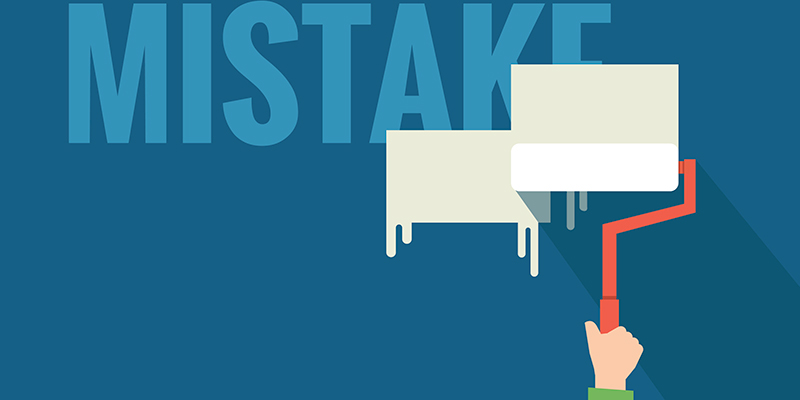4 Etiquette Faux Pas You Need to Fix Now
It’s not always what you do, but how you do it.
By Derrick Lilly | Digital Exclusive - 2017

Blunders in business etiquette can do no end of evil to your professional image—and your career. Which is why, if you’re guilty of any of the faux pas we’ve listed here, you need to fix them as soon as you can.
Always On? Always Wrong
Booking.com reveals that the biggest business blunder committed by businessmen and businesswomen alike is being on a mobile phone during a meeting. Whether it’s a quick team pow-wow or a new client engagement, making a good impression (and being present) is crucial to good business relations, which means you should not have your eyes glued to Words With Friends, Snapchat or your LinkedIn job search. In fact, new clients may make up their minds about you within the first few seconds of meeting you. So, put the phone away.
If you’re wondering just how offensive your smartphone addiction might be, here are the numbers. Fifty-seven percent of British businesspeople find it to be the worst offense, saying that being on a mobile phone during a meeting is an absolute no-no; 55 percent of American businesspeople agree, and 46 percent of global respondents do, too.
Broken Links
Speaking of LinkedIn, it’s pretty much a necessity for businesspeople today. Meaning, if you’re not on LinkedIn, or if you’re using it all wrong, you’re simply out of touch. In case you didn’t know it, LinkedIn is the professional place to be on social media. It’s now a standard tool recruiters and hiring managers use to search for and screen prospective candidates. It’s also a great resource for keeping up with what that client you’re meeting with tomorrow has been doing professionally.
Oh yeah, your LinkedIn profile is also your online resume. Anyone viewing your LinkedIn profile should be able to figure out who you are and what you can do, or what job you’re looking to do, within a few seconds. Obviously, the trick here is to be short, sweet and professional. This isn’t the venue for birthday party profile pictures or posts about your political positions. In fact, using LinkedIn improperly might be worse than not using it at all.
TMI, TMI! (Too Much Information)
Too much information is bad. Period.
We know it’s easy to get caught up in Facebook, Twitter and Instagram posts and rants, but you need to assume that everything you post might be seen by current or potential employers or clients.
For example, politics, religion and mainstream social issues are all very important topics today. And there’s nothing quite like exercising your freedom of speech. But if you feel very strongly about broadcasting your opinions on these things, do so as diplomatically—and privately—as possible. Adjust your privacy settings so that only your friends and those select outsiders you trust can access your posts and photos (especially those questionable situation selfies).
Posting about these things on social media could make you look like a poor team player, and if an employer or client spots it, or another colleague blows the whistle on you, they might have some parting words for you.
Dressed to Unimpress
In business, it pays to look good. Not being presentable is one faux pas that’s hard to live down. Unless you’re working in the privacy of your own home, showing up to work unclean or unkempt is unacceptable.
Being business ready doesn’t mean you have to throw style out the window, however. And “conservative” doesn’t necessarily have to mean boring. Rather, it’s about good fit, not being too revealing, being tidy, confident and poised. In other words, no cargo shorts, or Birkenstocks, or bowties the size of your head.
A lot depends on your corporate culture of course. Some offices are far more casual than others. As a general rule, though, client meetings always, always require a high level of professionalism—in the way you act and dress.